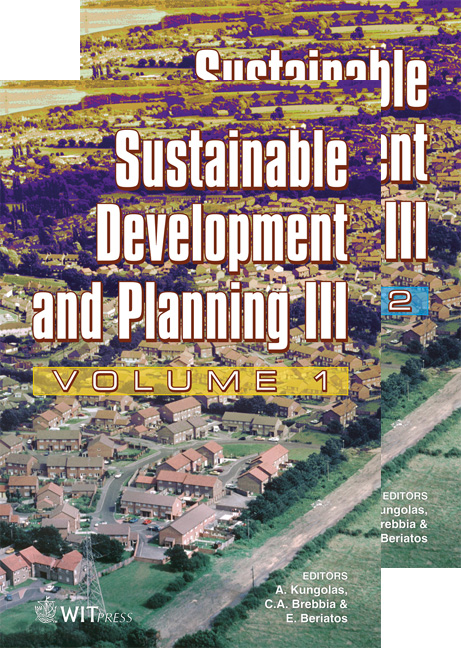Modelling Of Contaminant Migration In Unsaturated Soils
Price
Free (open access)
Transaction
Volume
102
Pages
11
Published
2007
Size
618 kb
Paper DOI
10.2495/SDP070441
Copyright
WIT Press
Author(s)
G. Siracusa, A. D. La Rosa, L. Musumeci & G. Maiolino
Abstract
Laboratory studies are useful for understanding the behaviour of chemical contaminants in soil, although such investigations do not always relate directly to field conditions. This paper reports an application of a model in order to investigate the migration of nitrates through the soil. The model calibration was carried out using the experimental data obtained from two different soil samples collected in the countryside of Catania (Italy). The device used for laboratory scale study was a permeameter loaded with the soil samples; acqueous solutions containing different percentage of nitrate were used as chemical contaminant. Two software products, SEEP/W and CTRAN/W, are used in tandem to analyze the contaminant transport for unsaturated conditions: SEEP/W computes the water flow velocity, volumetric water content, and water flux; CTRAN/W uses these parameters to compute the contaminant migration. Unsaturated zone models are useful tools in predicting the effects of measures and can be used to optimise agricultural practice aiming to minimise the impact on the environment. Keywords: contaminant migration, soil protection, unsaturated zone model, permeability, nitrate concentration. 1 Introduction Nitrate is the most abundant anion reported in contaminated groundwater, soils, and sediment due to agricultural practice. A considerable mass of nitrate may accumulate by natural processes in the unsaturated zone (UZ) in arid and semiarid climates, where infiltration of water at the surface is low [1]. Groundwater quality maybe significantly impacted when this sink of nitrate is
Keywords
contaminant migration, soil protection, unsaturated zone model, permeability, nitrate concentration.





